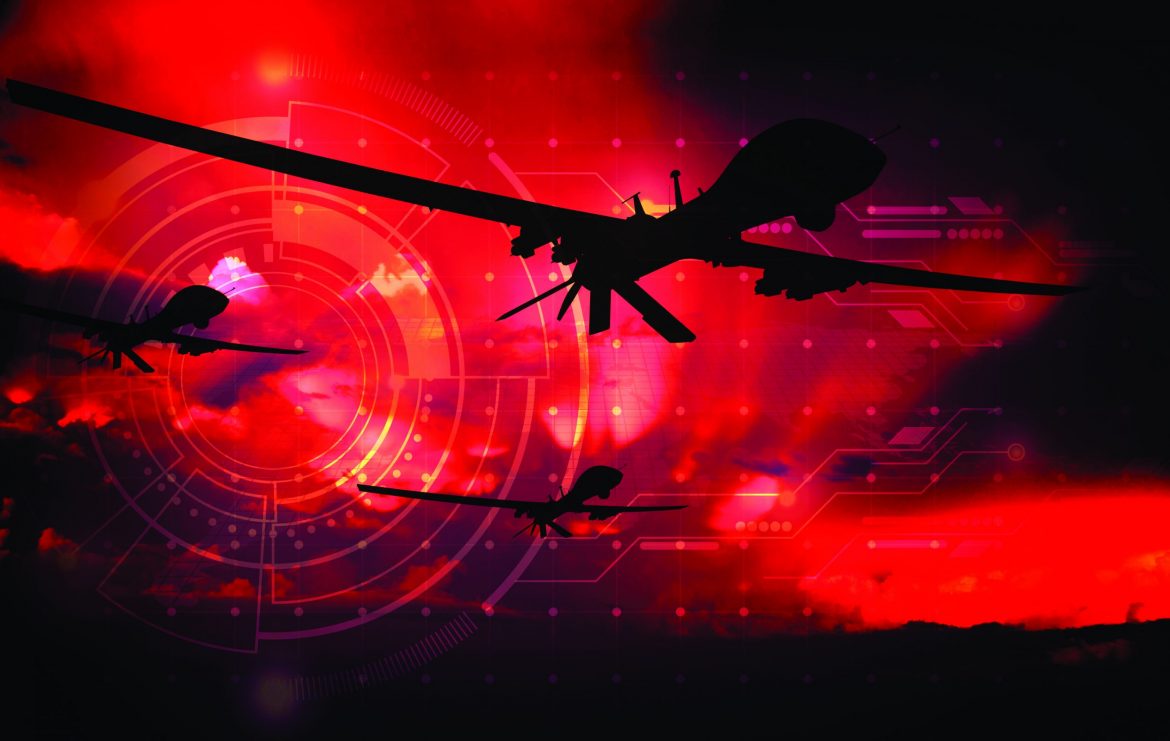«Suicidal drones», or what is known as «hovering munitions» or “loitering munition” began to proliferate in various countries of the world. This Term refers to those drones equipped with warheads built into the fuselage itself, which hover over the target area, until the target to be destroyed is precisely designated, and whose coordinates are not known precisely when the suicidal drone is launched.
Suicidal drones have advantages, the most prominent of which is their accuracy in hitting the target, compared to conventional artillery systems, which reduces the chances of civilian casualties. They also outperform unguided bombs in terms of accuracy. Therefore, suicidal drones are considered an effective offensive weapon that is expected to have repercussions on the future battlefield, both defensive and offensive alike.
Suicidal drones’ advantages
Suicidal drones combine the characteristics of winged missiles and conventional drones, although they differ from both. Although The suicidal drone uses the same engine as the winged rockets, it differs from them in that it is designed to “hover” around the target area for a relatively long period in order to be able to designate the target to be destroyed. While it differs from traditional drones in that the warhead is built into the fuselage, and therefore it is intended for one-time use only. Considering these differences, it is possible to list a number of advantages that these
combat systems give to the fighting forces on the battlefield:
Difficult to track and detect: Suicidal drones have several advantages, the most prominent of which is that they are light weight and small size and difficult to track, and their deployment in large numbers in the form of swarms makes air defense systems unable to shoot down most of them, even if they are able to designate them. Given the low cost of production, Suicidal drones provide a major offensive advantage for their operators.
Rapid tactical response: Hovering munitions allow continuous surveillance of a large area, as well as rapid engagement against hidden enemy targets as soon as they appear, albeit for a short period, which gives the state using this technology control over the rapid-changing battlefield. Therefore, some compare it with the vigilant hunter while wandering, as he watches, is patient and waits until the target reveals himself, and then pounces on it at the appropriate time.
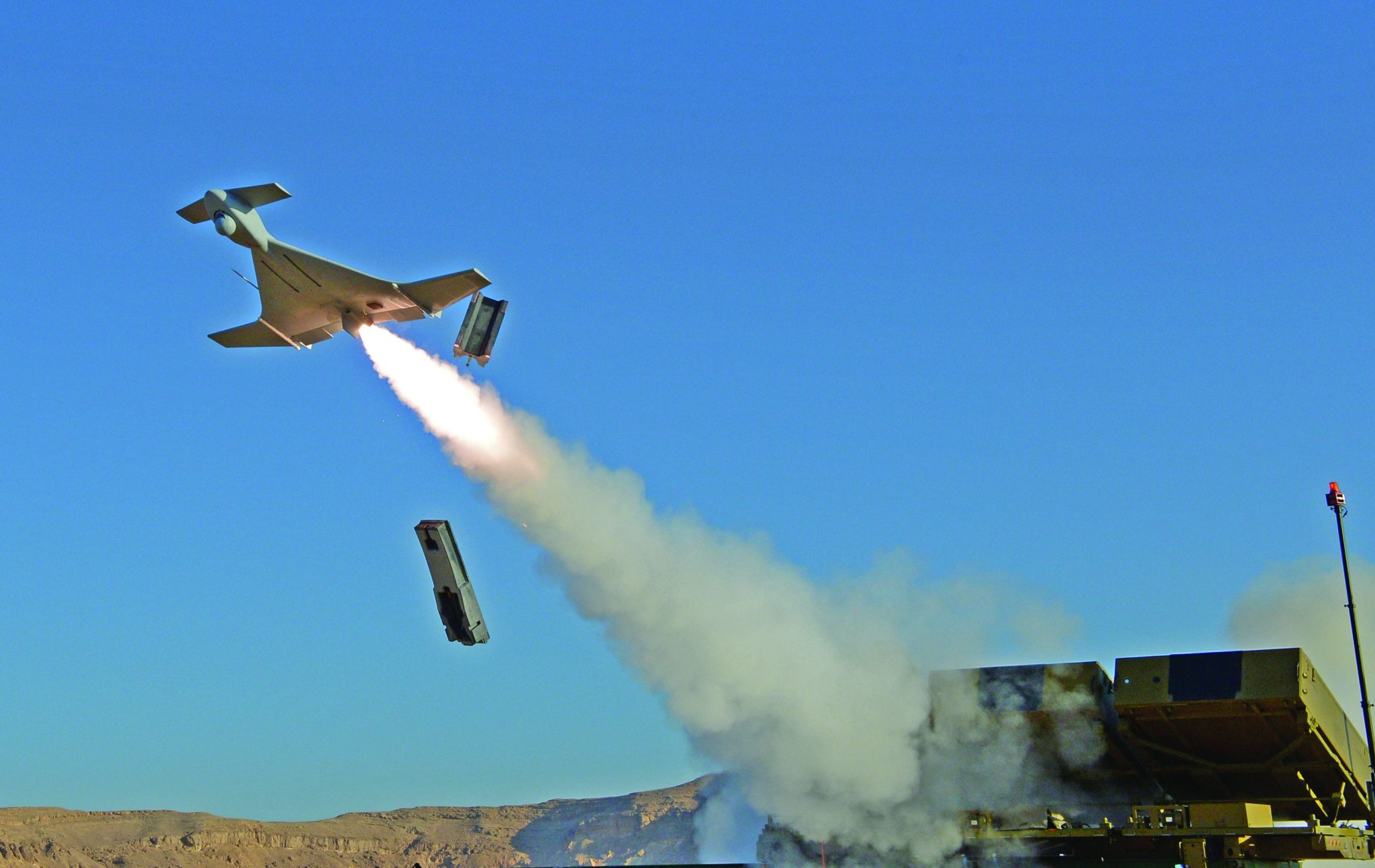
Guided squadrons: Suicidal drones can operate in “squadrons” made up of dozens of aircraft to attack a specific target to ensure its destruction, or to penetrate hostile air defense systems, and to detonate the target being protected. Artificial intelligence systems help guide these systems, given that they are made up of swarms of dozens of drones, not all of them are necessarily guided by a ground pilot, but artificial intelligence systems are relied upon to locate the opponent’s military units, collide with and destroy them.
Offensive and defensive purposes:
Suicidal drones perform a number of both offensive and defensive functions, as shown in the following:
Offensive roles: Some countries seek to employ suicidal drone squadrons to destroy enemy air defense systems. At the annual Army Day parade in the Indian capital New Delhi at the beginning of 2021, a squadron of suicidal drones, consisting of 75 drones, was demonstrated efficiently to suppress or destroy enemy air defenses, and which operate independently to locate and collide with enemy targets with the aim of destroying them.
It is noted that these drones force the enemy’s air defense systems to operate its own air defense radars, enabling these drones to locate and hit them, even if some of these drones are lost during the process of locating these radars.
The use of suicidal drones is not limited to destroying enemy’s air defense systems, but also to attack the trenches of enemy forces. During the conflict that broke out between Armenia and Azerbaijan over the Nagorno-Karabakh region in October 2020, Armenia resorted to the use of trenches in the rugged mountainous Nagorno-Karabakh region to stop any attempts by Azerbaijan to recover its occupied lands, which contributed to preventing Azerbaijan in the nineties of the last century from recovering them. However, Azerbaijan resorted to arming itself with Israeli-made “Harop” suicidal drones, and two “Orbiter 1K” and “Orbiter 3K” aircraft, which were used by the Azerbaijani army in targeting the trenches of Armenia which enabled it to regain some occupied areas during the recent round of confrontations between the two countries late last year.
Defensive roles: Attempts to shoot down drones were one of the emerging threats that posed great challenges to different countries. One of the methods of countering this new type of aircraft was small-sized suicidal drones.
American company Raytheon has developed a “Coyote Block 1B”, which contains small warheads specially designed to shoot down quadcopter drones, or other types of first- or second-class drones, which are low-weight drones. At 55 pounds, it cannot fly more than 3,500 feet, and has a top speed of less than 280 miles per hour, according to official US military definitions.
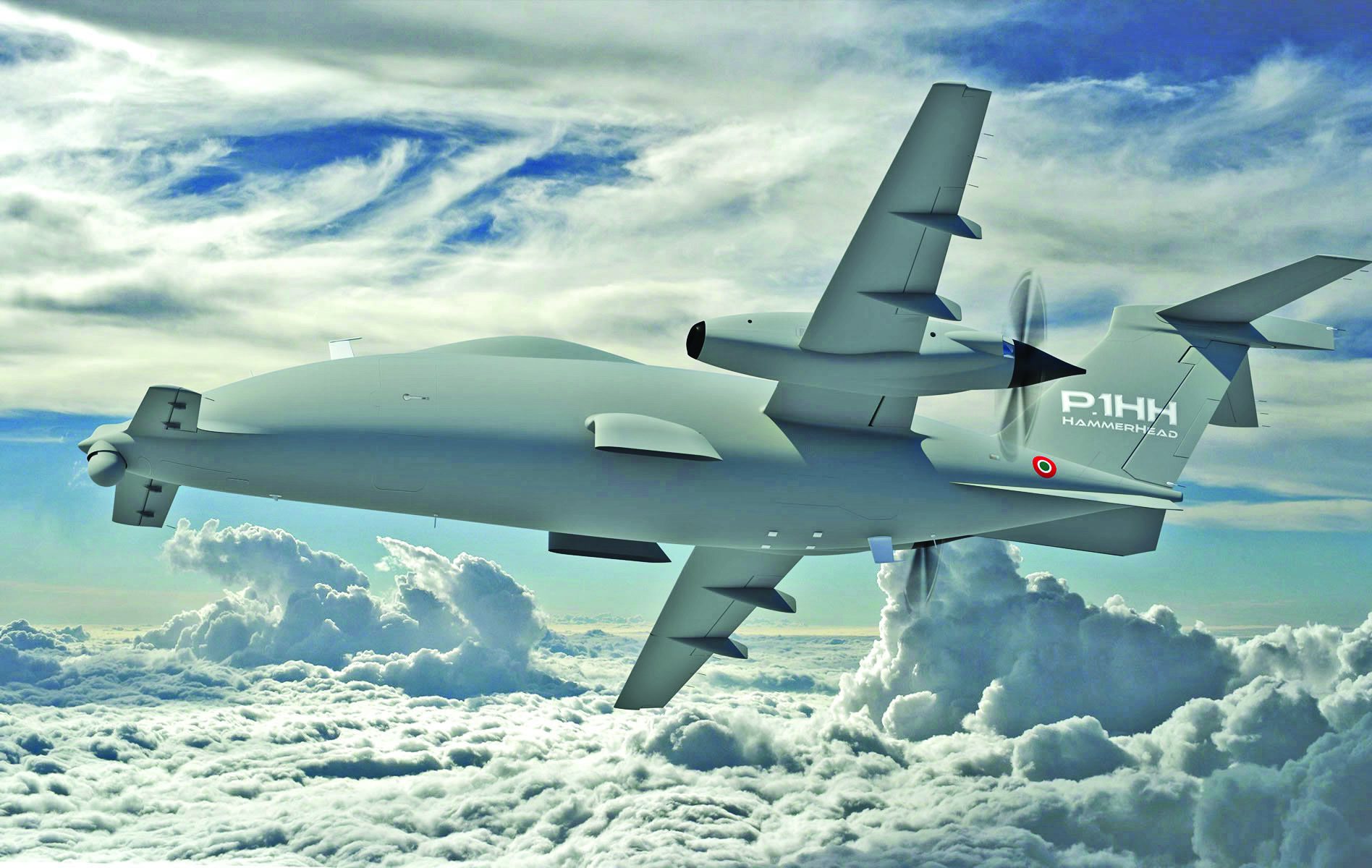
The complete system developed by Raytheon consists of two four-tube launchers on the back of a military truck with hexagonal drive, along with a Ku-band radio frequency system and a generator to provide the necessary power. Radar guides drones to intercept their targets.
Prominent military industrialization programs: Many countries have military programs to manufacture suicidal drones, and it is possible to refer in this context to the most prominent countries that produce these combat systems, which are as follows:
USA: The US Army contracted with the American company Raytheon to produce Coyote Block 3 (CB3) suicidal drones, which can be used in swarms to bolster the US defenses in the face of any counterattack that uses a large number of large and small-sized drones, in addition to being used as an attack tool. It is noted that Coyote Block 3 (CB3) is capable of carrying out accurate strikes from offshore platforms, in addition to its ability to perform intelligence, surveillance and reconnaissance (ISR) roles.
Russia: The well-established Russian Defense Industries Corporation, “Kalashnikov”, announced that it has manufactured suicidal drones bearing the name “KYB”, which is expected to end its testing period this year. Its primary purpose is to penetrate enemy defenses and target enemies with an explosive payload weighing only 3 kilograms. The suicidal plane operates at speeds between 50 and 80 miles per hour with the ability to stay in the air for up to 30 minutes, and it can attack targets whose coordinates have been previously recorded, or on the basis of a simple image downloaded through the system.
This means that if operators inserted the image of a US M-ATV, for example, the KYB would search for the presence of a similar vehicle in the field and immediately target it as soon as it was detected.
The length of the aircraft is about 3 feet, it is completely silent and does not emit any kind of noise, and it can be launched from any vehicle easily, and it can designate the target quickly with high accuracy regardless of the terrain or whether the target is hidden or visible, and whether it is flying at low or high altitudes, which makes it difficult to intercept with conventional air defense systems.
China: China unveiled the latest weapons in its military arsenal, a squadron of suicidal drones, which can cooperate together in the air to locate and destroy targets on the ground. According to a video released by the Chinese military, a squadron of drones, called “Drone Swarm”, could be launched from the back of a truck or helicopter to fly and cooperate in the air and strike the enemy with tremendous accuracy.
UAE: The UAE Company “EDGE Group”, which specializes in defense industries, revealed 4 types of small military drones belonging to the “QX” family. The QX drone is classified as a helicopter, and there are 3 types that belong to very small and medium drones: QX-1, QX-2 and QX-3. The fourth type, “QX-4”, is characterized by fixed wings and able to take off and land vertically.
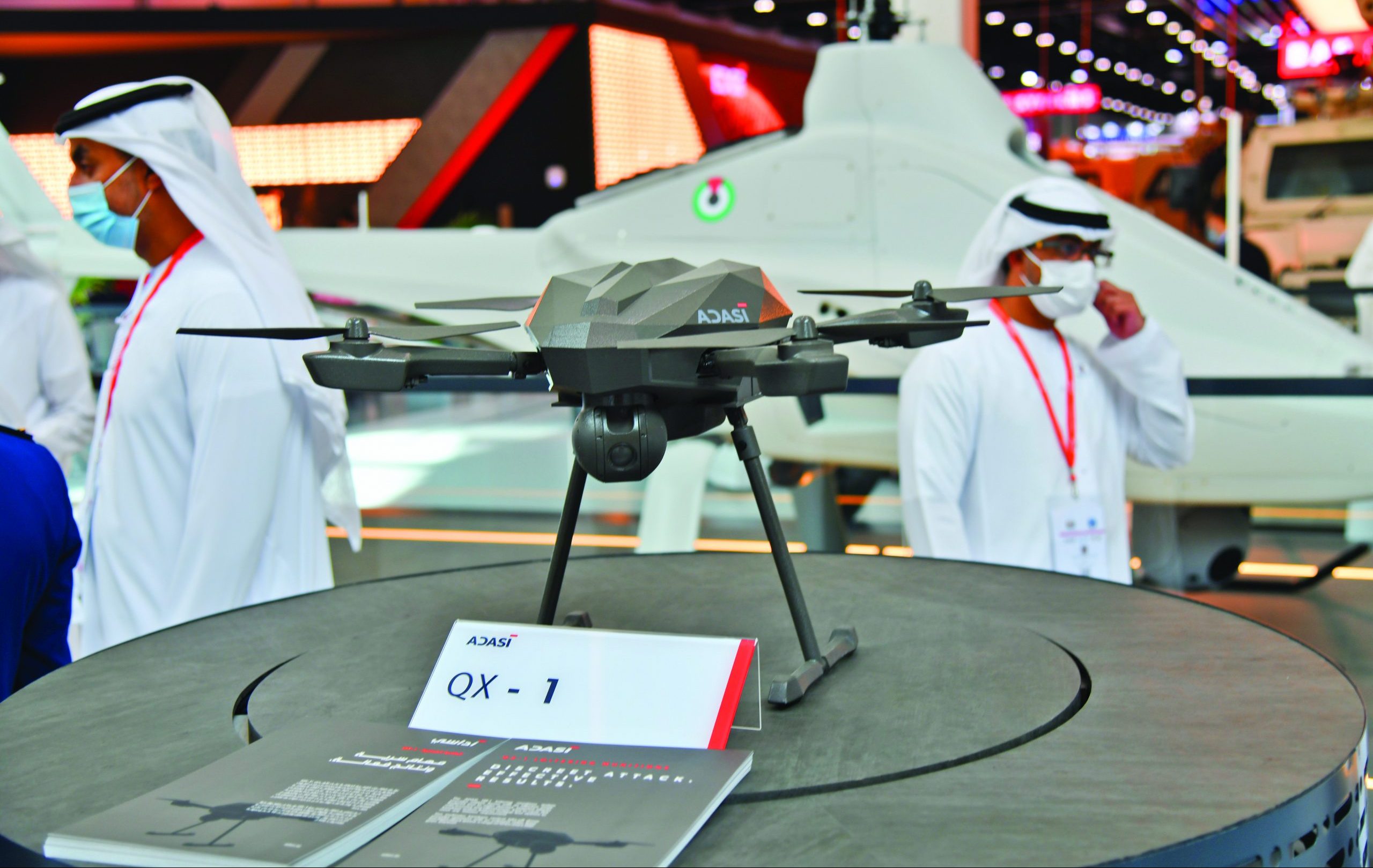
This drone relies on artificial intelligence systems that enable it to land and take off with high accuracy, as well as enable it to locate targets and hit them with high efficiency. The accuracy of targeting and hitting the targets reaches an average of one meter, given their dependence on munitions similar to guided laser munitions. These small drones can operate in all skies and rough terrain, and are lightweight and portable.
Israel: Some military sources claim that Israel and the United States were among the first countries to develop cruise missile systems. Therefore, some consider the “Harpy” drone to be the first explosive aircraft to appear on the market. It was developed by Israel Aerospace Industries, which designed it to destroy hostile air defense systems. Israel launched it in 1989. The wing span of “Harpy” is two meters, and the takeoff weight is estimated at 125 kg. It was equipped with a high-explosive warhead. It can fly for 3 hours.
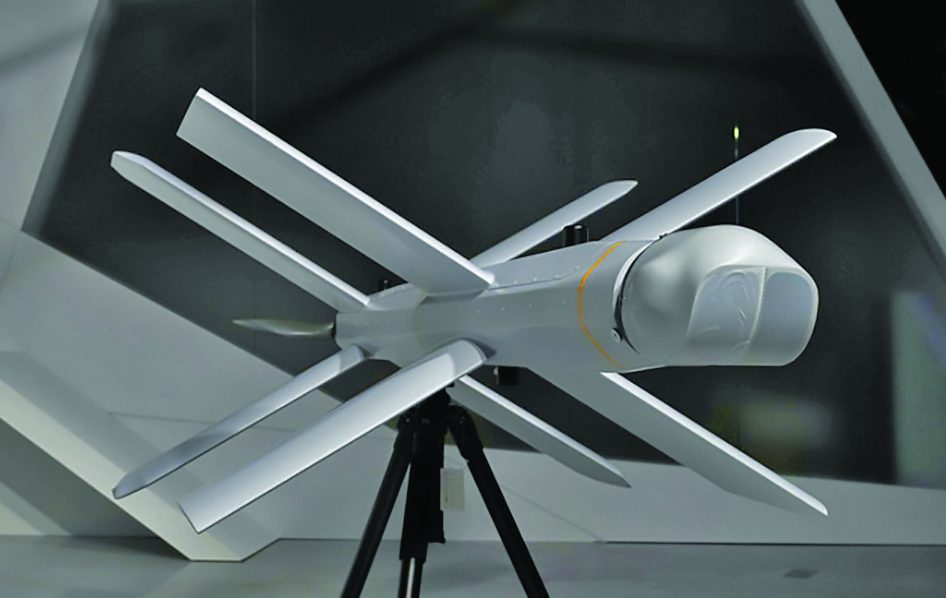
Counter air defense systems:
As previously mentioned, suicidal drones can be employed as an air defense system that protects against attacks from drone swarms, as the US military is studying the deployment of these systems to protect US Patriot air defense systems from counterattacks using swarms of drones.
Other countries sought to develop air defense systems capable of targeting suicidal drones. Among these efforts is the development of the Russian military industries a small missile to add to the standard Tor-M2 anti-aircraft system, to deal with these types of threats. The Russian military industries have also developed a new 57mm “Derivatsiya PVO” air defense artillery system, which is still under testing, but will soon enter service.
One of the current Russian research and development projects, which is being implemented at the request of the Land Forces Command, is to create a new generation of combat equipment that includes elements that enhance the protection of personnel, such as combat airframes and special external airframes, as well as the ability to integrate with combat robots, as well as small-sized reconnaissance and attack drones.
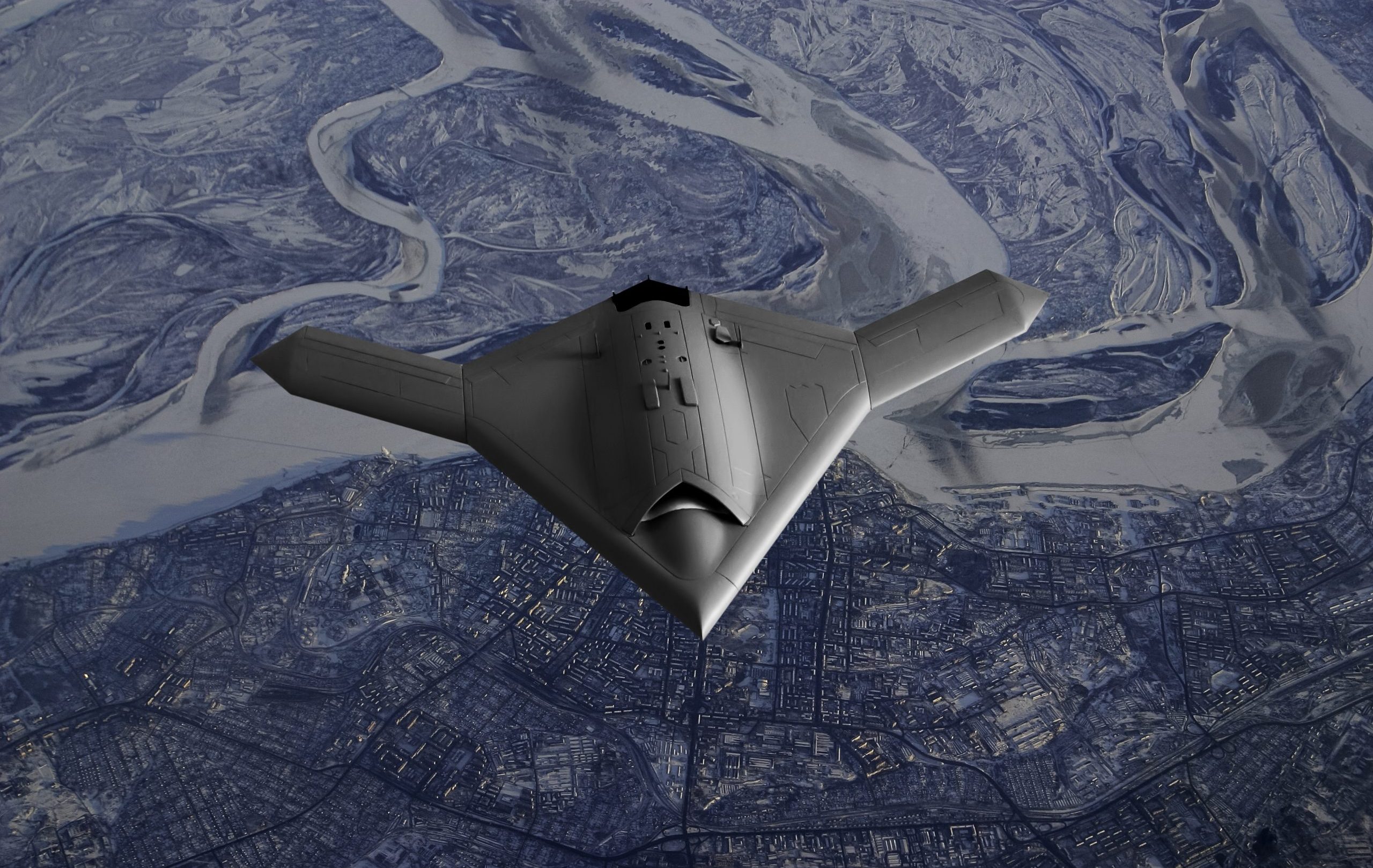
In conclusion, it can be said that suicidal drones have become part of future wars, on which many countries will increasingly rely on, especially after they have achieved success in some armed conflicts. Therefore, countries are expected to accept their acquisition and use not only as offensive combat systems, but also as air defense systems to counter enemy drone attacks.
By: Dr. Shadi Mohammed (Military Affairs Researcher)


